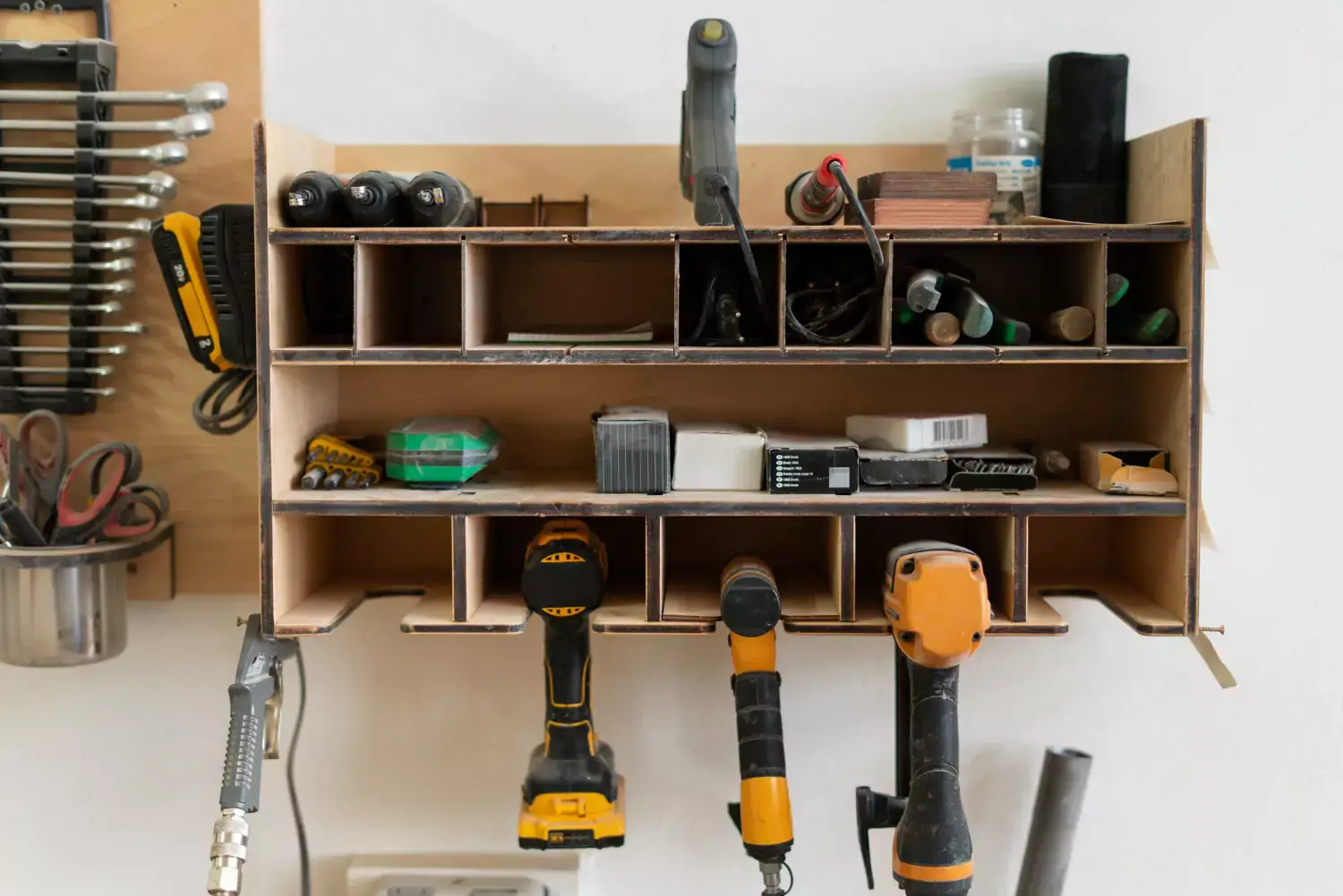Is your garage cluttered with tools, equipment, and boxes that need a proper storage solution? Look no further than building your own floating garage shelves. Floating shelves are not only functional but also add a touch of organization and aesthetics to your garage space. In this article, we’ll guide you through the process of creating DIY floating garage shelves that are sturdy, space-saving, and customizable to fit your needs.
Why Choose Floating Garage Shelves?
Floating shelves are an excellent choice for garage storage due to their versatility and ability to maximize space. By mounting the shelves on the wall without visible brackets, you create a clean and streamlined look while keeping your items easily accessible.
Materials You’ll Need
Before you start, gather the following materials for building your floating garage shelves:
1. Plywood Boards
Choose sturdy plywood boards that will serve as the main shelf surfaces. Make sure the thickness is appropriate for the weight you intend to place on the shelves.
2. Wood Screws
Use wood screws to secure the shelves to the wall studs and to assemble the shelves themselves.
3. Wall Brackets
For added support, use wall brackets that will attach to the wall and support the front edge of the shelves.
4. Stud Finder
A stud finder is essential for locating the wall studs, which are necessary for secure shelf installation.
Step-by-Step Guide to Building Floating Garage Shelves
Follow these steps to create your own practical and stylish floating garage shelves:
Step 1: Measure and Plan
Determine the desired height, width, and depth of your shelves. Mark the locations of the studs on the wall using a stud finder.
Step 2: Cut Plywood Boards
Cut the plywood boards to the dimensions you’ve planned. These will be the shelves themselves.
Step 3: Attach Wall Brackets
Attach wall brackets to the wall at the desired shelf height. Make sure the brackets are level and securely anchored to the wall studs.
Step 4: Attach Plywood Shelves
Place the cut plywood boards onto the wall brackets. Secure them in place using wood screws from underneath to hide the screw heads.
Step 5: Finishing Touches
Sand the edges of the shelves to smooth any rough edges. You can also paint or stain the shelves to match your garage’s aesthetic.
Benefits of DIY Floating Garage Shelves
Building your own floating garage shelves offers several advantages:
Efficient Use of Space
Floating shelves take advantage of vertical space, freeing up floor space for other items or activities.
Customization
You can tailor the size, number, and arrangement of shelves to meet your specific storage needs.
Visual Appeal
Floating shelves provide a modern and clean look, enhancing the overall appearance of your garage.
Cost-Effective
Creating your own shelves is often more budget-friendly than purchasing pre-made shelving units.
Conclusion
Building DIY floating garage shelves is a practical and rewarding project that can transform your cluttered garage into an organized and functional space. By utilizing vertical space and customizing the design to fit your needs, you’ll create an efficient storage solution that adds value to your home. Get started today and enjoy a tidier and more organized garage.
FAQs
Q1: Can I use different types of wood for the shelves?
Yes, you can use various types of wood, but make sure they are sturdy enough to support the weight of your items.
Q2: How much weight can floating garage shelves hold?
The weight capacity depends on the thickness of the plywood and the quality of the wall brackets. Choose sturdy materials for heavier loads.
Q3: Can I install these shelves on a concrete wall?
Yes, you can install floating shelves on a concrete wall using appropriate wall anchors designed for concrete.
Q4: Do I need advanced woodworking skills to build these shelves?
Basic woodworking skills are sufficient for this project. Following the steps carefully will help you create stable and functional shelves.
Q5: Can I install lighting under the shelves for better visibility?
Yes, adding LED strip lights under the shelves can improve visibility and enhance the aesthetic appeal of the shelves.
